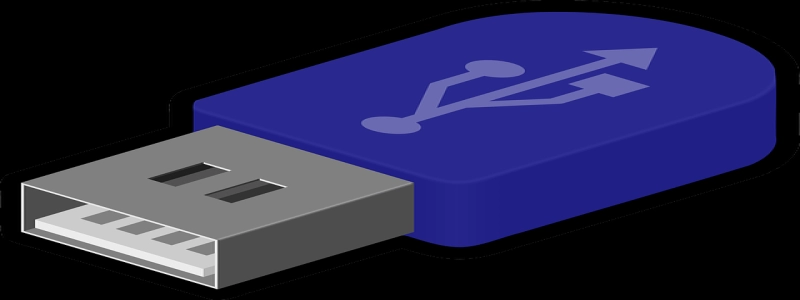Ethernet Port Color Code
1. Introduction
2. Background
3. Ethernet Port Color Code
3.1. RJ-45 Connector
3.2. TIA-568A and TIA-568B Wiring Standards
4. Port Color Code Variations
4.1. Standard Color Code
4.2. Non-Standard Color Code
5. Benefits of Ethernet Port Color Code
6. Conclusion
1. Introduction:
Ethernet has become the standard network technology for connecting devices in local area networks (LANs). Ethernet ports are used to connect devices such as computers, switches, routers, and network printers to a LAN. To ensure proper connectivity, it is important to understand the Ethernet port color code used for wiring.
2. Background:
Ethernet ports use a specific type of connector, known as the RJ-45 connector. This connector has eight pins that are used to transmit and receive data. Proper wiring of these pins is crucial for the Ethernet connection to work effectively.
3. Ethernet Port Color Code:
The color code used for Ethernet ports is based on the TIA-568A and TIA-568B wiring standards. These standards define the order in which the different colored wires should be connected to the pins of the RJ-45 connector.
3.1. RJ-45 Connector:
The pins of the RJ-45 connector are numbered from 1 to 8. These pins are used for transmitting and receiving data signals. Each pin is connected to a specific wire color. The color code determines the order in which these wires are connected to the pins.
3.2. TIA-568A and TIA-568B Wiring Standards:
There are two main wiring standards used for Ethernet port color coding: TIA-568A and TIA-568B. The TIA-568A standard uses a different color code order than the TIA-568B standard. Both standards are widely accepted and used, but they cannot be mixed within the same network.
4. Port Color Code Variations:
There are variations in the color codes used for Ethernet ports, although the TIA-568A and TIA-568B standards are the most commonly followed.
4.1. Standard Color Code:
According to the TIA-568B standard, the color code for Ethernet ports is as follows:
– Pin 1: White/Orange
– Pin 2: Orange
– Pin 3: White/Green
– Pin 4: Blue
– Pin 5: White/Blue
– Pin 6: Green
– Pin 7: White/Brown
– Pin 8: Brown
Using this color code ensures proper connectivity and compatibility with other devices wired using the same standard.
4.2. Non-Standard Color Code:
Occasionally, network technicians may encounter non-standard color codes used for Ethernet ports. This can cause confusion and connectivity issues when connecting devices. It is important to identify any non-standard color codes and make the necessary changes to ensure compatibility.
5. Benefits of Ethernet Port Color Code:
The Ethernet port color code provides several benefits:
– Easy identification: By following a consistent color code, it becomes easier to identify and trace network cables, simplifying troubleshooting and maintenance tasks.
– Cross-compatibility: Using the standard color code ensures compatibility with other devices and networking equipment wired using the same standard.
– Flexibility: The color code variations allow for customization based on specific network requirements.
6. Conclusion:
Understanding the Ethernet port color code is essential for establishing and maintaining proper connectivity within a network. The TIA-568A and TIA-568B wiring standards provide a consistent and reliable color coding system that ensures compatibility and simplifies troubleshooting. Following the standard color code improves organization, efficiency, and reliability within a network infrastructure.








